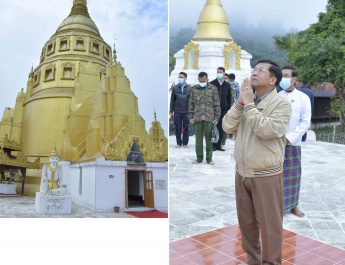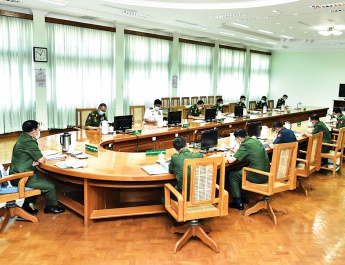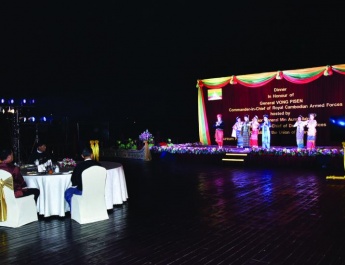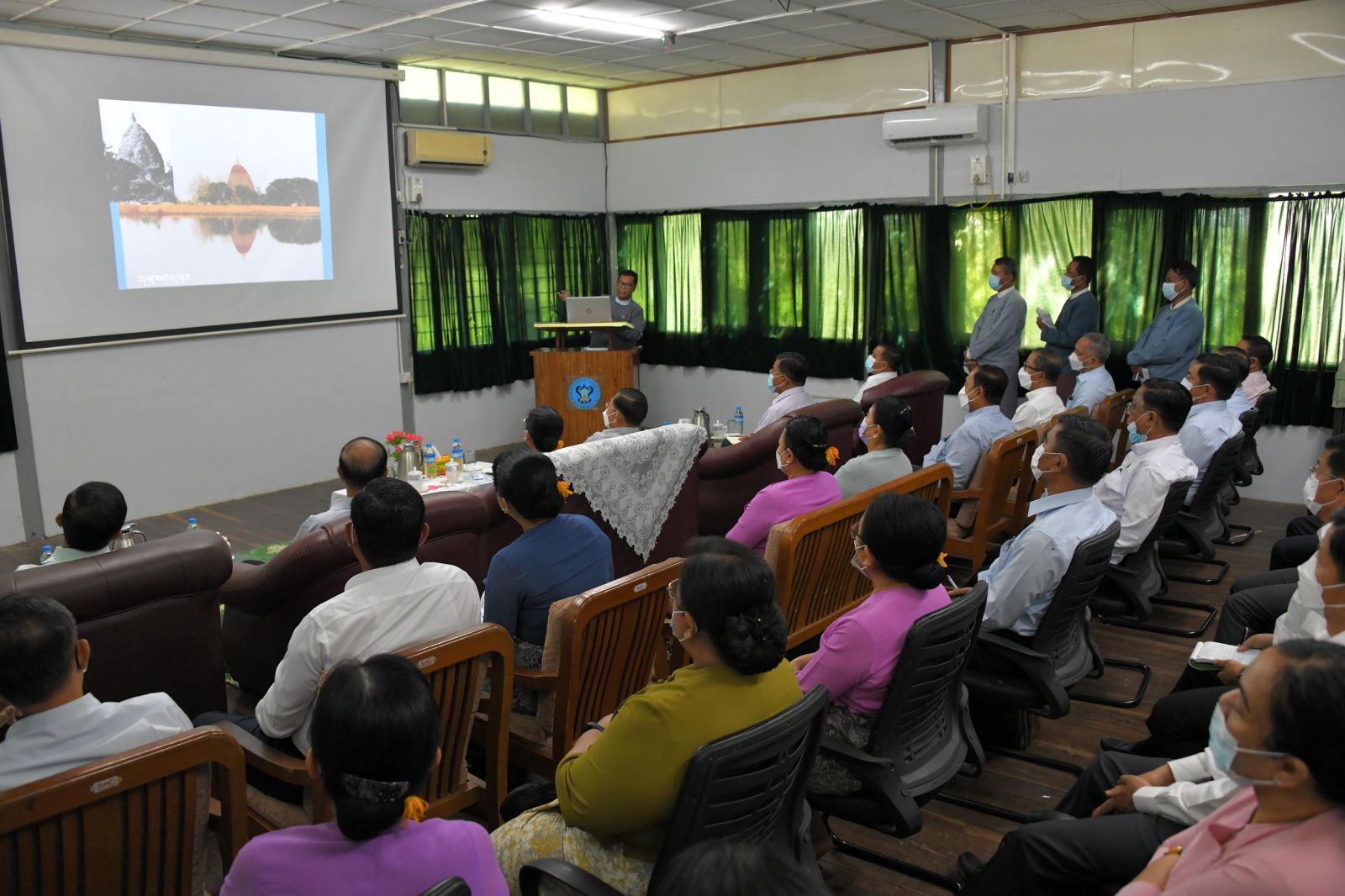 NAY PYI TAW October 5
NAY PYI TAW October 5
Chairman of State Administration Council Prime Minister Senior General Min Aung Hlaing, accompanied by wife Daw Kyu Kyu Hla, members of the entourage and their wives, the Bago Region chief minister, the Southern Command commander and officials, inspected the preservation of Sri Ksetra, World Heritage Cultural Site, the largest among the Pyu Era city states, this morning at a place about five miles southeast of Pyay in Bago Region.
On arrival at the ancient city, the Senior General and party were welcomed by officials. At the archaeological research school, Union Minister for Religious Affairs and Culture U Ko Ko and Deputy Director General of Department of Archaeology and National Museum (DANM) Dr Thein Lwin reported on heritage of the site, the history of Sri Ksetra and Pyu people, excavation and preservation of ancient towns, preservation of the excavated Hanlin Beikthano and Sri Ksetra ancient cities in accord with the standard norms to become world heritage sites, their classification into world heritage cultural site, findings in connection with the evolution of language, literature, religion, costumes, general characteristics and culture, links between ancient zones, subject-wise lectures at the archaeological research school, excavation records, protection and preservation of fragile artifacts, systematic display of the excavated articles at Sri Ksetra Museum for local and foreign visitors, prevention of encroachment of Sri Ksetra world heritage site with the help of documents and records.
In response, the Senior General said ancient items excavated in Beikthano and Hanlin stand witness to the high standard craftsmanship of ancient Pyu people. The Pyu era style of dress must be exposed and research must be conducted on the descendants of Pyu.
Ancient buildings and artifacts must be carefully protected and preserved as tourism will help promote development of Pyay area. The excavated ancient heritage including pagodas, Buddha images and other buildings and designs must be documented yearwise with photos and books for the posterity to have the firm evidence. The resolution of the documented photos must be high and computerized recording method must also be used.
There were instances in which historical records were lost due to unsystematic documenting methods. So, historical records must be kept in books and through computerized system.
India also has a cultural site in Vijaka Pattanam where excavated buildings, pagodas and artifacts closely resemble the ones excavated in Halin, Beikthano and Sri Ksetra ancient cities. DANM officials must visit the sites and conduct research on the historical findings. At the Razakumara stone inscriptions the original Bamar language was translated in Mon, Pyu and Pali.
The relations between Mon, Pyu and Bamar during the Bagan period and Pyu culture must be exposed through research.
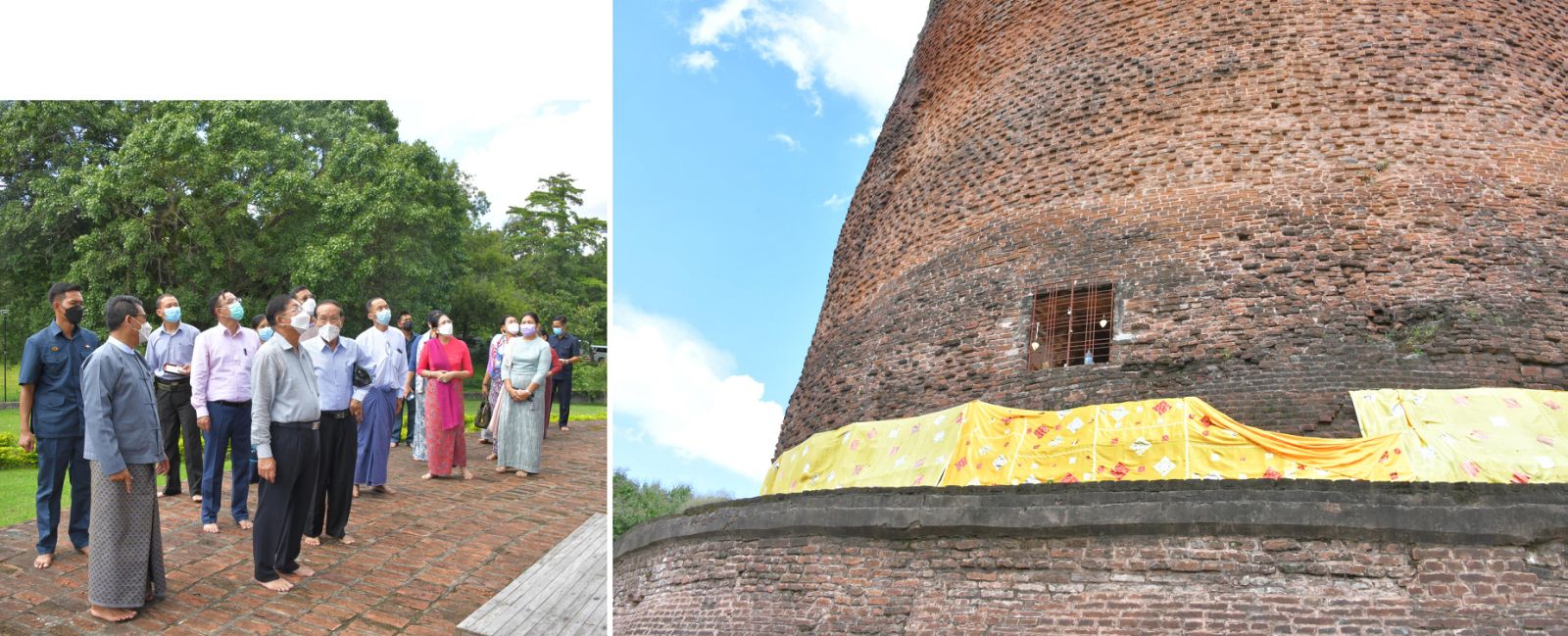
It is necessary to construct a view point tower overlooking the entire world-heritage Sri Ksetra Cultural Zone in accordance with rules and regulations, to designate protection areas at major locations of ancient artefacts and to take steps for the cultural zone to meet international standards and to enable international historical researchers to study artefacts in accordance with international standards. It is important for the world-standard cultural zone to reflect the history of Myanmar firmly.
Cultural zones are important destinations for the tourism industry and preparations for proper transportation and shops must be made for the increasing number of potential visitors in the future. The history of Myanmar must be splendid through the international scholars and enthusiasts who visited the zone. The archaeological technology training school is required to conduct history courses and the government is ready to provide necessary assistance.
Then, the Senior General and wife and party viewed exhibition booths of the Thayekhittara Museum including personal adornments and utensil, literature and religious belief, ancient utensils, literary evidence, Pyu era bricks, architecture and Pyu era utensils in details and the Senior General attended to the needs reported by officials, saying historical evidence must be conserved systematically and urged officials to label ancient artefacts and photographs clearly with their locations where they were excavated and dates of excavation, to have Pyu stone inscriptions translated by historians for the public, to use modern techniques and LED screens so that the public can study jewelry and coins in details, and to upgrade the museum into a digital museum and to take other necessary measures.
Then, the Senior General signed the distinguished guest record of the museum. Afterwards, the Senior General inspected the location of the royal palace and conservation tasks and gave instructions on excavation of the old moat.
Then, the Senior General and party proceeded to the historic Baw Baw Gyi Pagoda and paid homage to Buddha images before offering flowers and water. Afterwards, the Senior General and party presented cash donations for all-round renovation of the pagoda and posed for documentary photographs.
The ancient Sri Ksetra city is the oldest and largest Pyu city in Myanmar and Sri Ksetra means a city full of auspiciousness. It is located in Hmawzar Village about five miles southeast of Pyay in Bago Region. The ancient city is in circular shape and the wall of the city was 14 kilometre long, four metre wide and 10 metre high.
At present, there are 17 villages including Hmawzar in the old city. According to ancient historical records, seven saints including Hermit Gawunpati, Thagyar, Galon, Nagar, Gonban, Sandi and Paya Maythura held a meeting to establish the city in accordance with the prediction of Buddha.
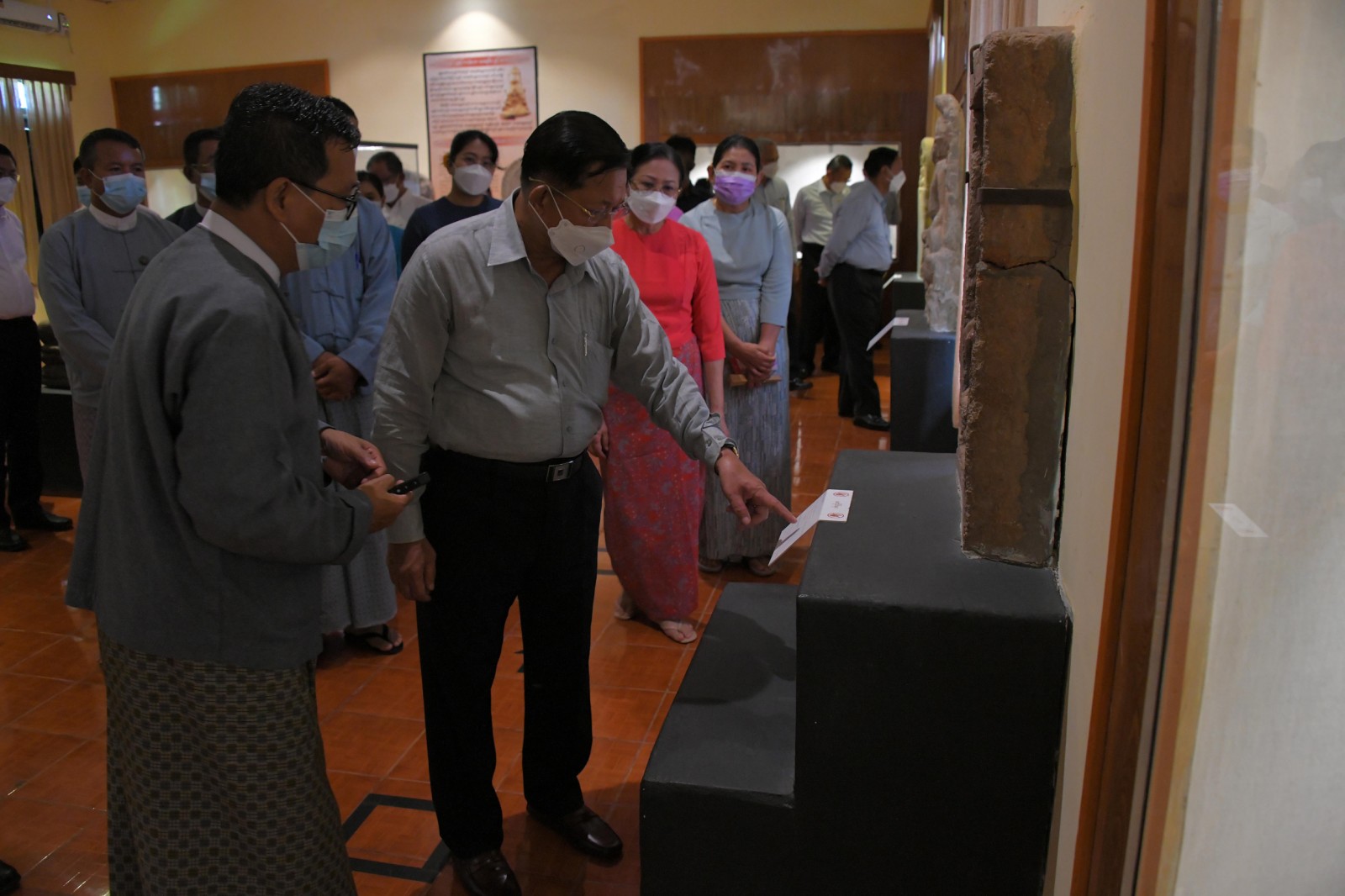
Thagya stood at a pleasant place and Nagar was asked to move round in a circle. The area was designated as the initial area of the city and they ask King Dutdabaung to ascend to the throne in the city. The remains of Pyu buildings, the cemetery, the hill, the pagoda, the temple, the palace, the entrance, the moat and the wall can still be seen in the city, which is still resided by villagers.
The excavation of the city started in 1907 and the Department of Archaeology is still excavating the city.


